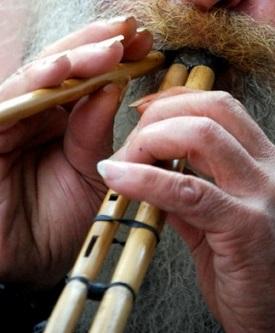Barumini
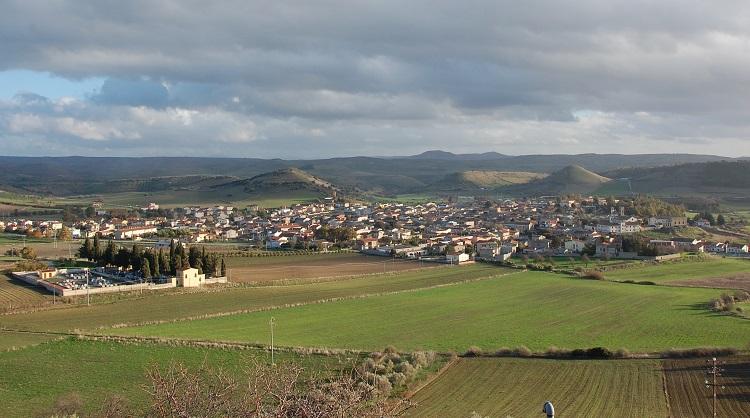
|
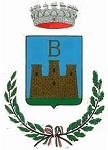 The comune of Barumini (Sardinian: Barùmini) is located approximately 50 km north of the Cagliari in the province of Medio Campidano. The comune of Barumini (Sardinian: Barùmini) is located approximately 50 km north of the Cagliari in the province of Medio Campidano.
Nearby are the municipalities of Gergei, Gesturi, Las Plassas, Tuili, Villanovafranca.
The name originates from the root "bar" meaning “hollow”, with the suffix "
umini" which means “a spacious place”.
The territory is an interesting destination for tourists and hikers, who can simultaneously further into historical and natural places.
A guided tour of the Royal Palace Nuragica should be followed by a long walk to explore the maquis and admire the not so approachable small wild horses pasturing in the swamp. |
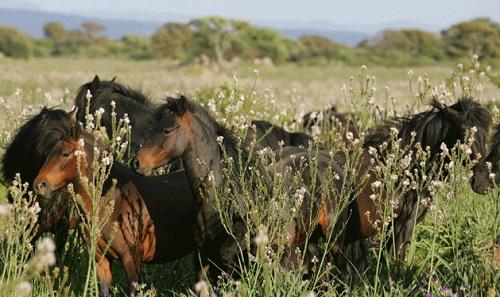 |
Visiting Barumini and its territory means discover a world rich in history and tradition.
The town is home to the 'Su Nuraxi di Barumini', listed in the UNESCO World Heritage Sites.
The complex is a type of defensive structure known as nuraghi for which no other similar structure exist anywhere in the world and is the most outstanding monument of megalithic civilization in Sardinia. |
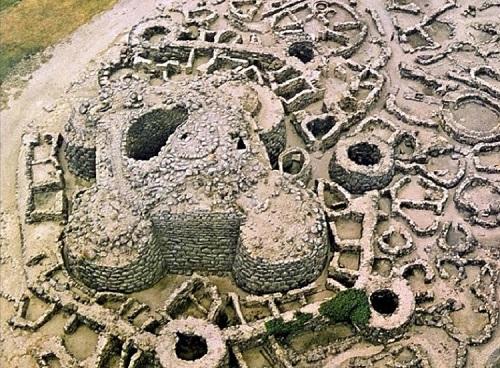 |
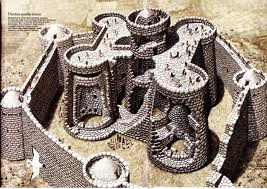 The powerful fortress consist of a central defensive tower, originally 20 meters high, in the form of truncated cones built of dressed stone and four small ones, linked by walls over two meters thick. The powerful fortress consist of a central defensive tower, originally 20 meters high, in the form of truncated cones built of dressed stone and four small ones, linked by walls over two meters thick.
It was was extended and reinforced in the first half of the 1st millennium under Carthaginian pressure, and is considered the finest and most complete example of this remarkable form of prehistoric architecture.
It was was extended and reinforced in the first half of the 1st millennium under Carthaginian pressure and is considered the finest and most complete example of this remarkable form of prehistoric architecture.
The remains of the Nuragic village, about 50 huts, lie around the fortresses, a great heritage enriched by a more recent discovery: Su Nuraxi ‘e Cresia |
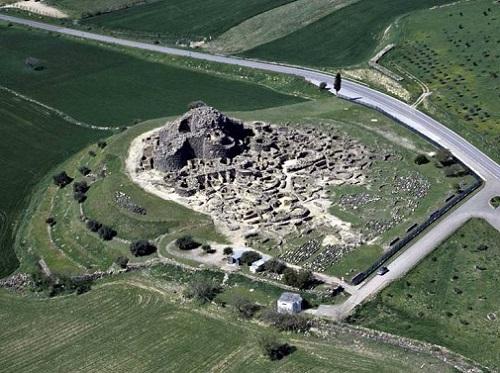 |
The remains of the Nuragic village, about 50 huts, lie around the fortresses, a great heritage enriched by a more recent discovery: Su Nuraxi ‘e Cresia, brought to light in the Nineties during the restoration works of Casa Zapata, the old noble residence of Zapata family from Aragon, built on the complex nuraghe toward the end of 1500.
Casa Zapata is a beautiful palace, whose realization was ordered by the Zapata noble family at the end of the XVI century.
The historical collection in the museum traces the history of the Zapatas, starting from 1541, when Azor obtained the feudal estate, and continuing with documents on titles held, revenues, privileges, etc. |
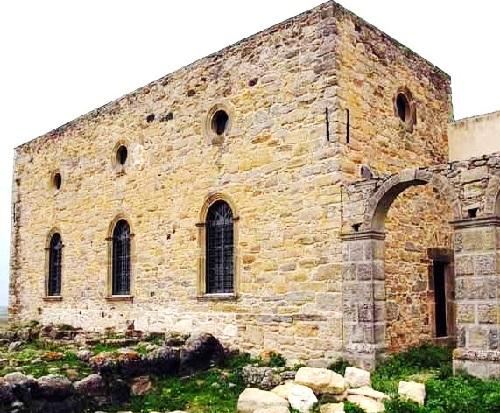 |
Today the Spanish residence, consisting not only of the palace but also of a beautiful garden overlooking the parish Church, a large court and agricultural set of buildings built at the beginning of 1900.
The Casa Zapata Museum is organized into three sections: archaeological, historical and ethnographic.
The archaeological section of the Zapata museum includes direct vision of the nuraghe, thanks to a system of catwalks and see-through floors.
Information panels are arranged along the visit route, providing details on Nuraghic civilization.
More information is available on the second floor. |
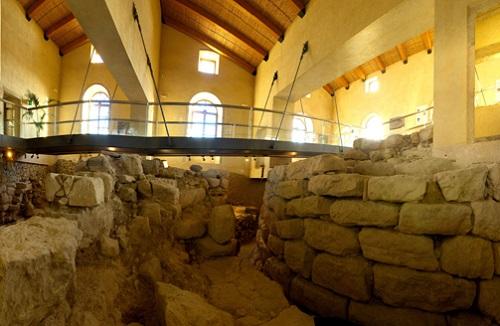 |
It is possible to visit the Cultural Heritage of Barumini and enjoy the many services offered by the Foundation Barumini Sistema Cultura all days of the year.
We suggest to use the services of a local guide. |
The historic centre of Barumini preserves a number of wonderful examples of architecture, ranging from the Church of San Nicola in an Archaic Pisan architectural style to the Church of San Giovanni dating back to the XIII century.
Not to be missed, halfway through May, is the Feast of Sant'Isidoro, the Patron Saint of farmers, and also the Feast of Santa Lucia which takes place at the beginning of July, with processions leading from the little country church to the inhabited centre where the non-religious festivities take place.
In the local parish church one can observe the characteristic feature of the original gothic construction as well as a precious altar steep in wood, an example of Catalan art. |
 |
|
|
| Official www |
Barumini is located in the heart of Sardinia..and you would be better off renting a car.
Getting there is already an adventure.
Once you get to Barumini, along the main street you will find Casa Zapata immediately on your left side (opposite the Parish Church).
Continuing on the main street, you will find the main crossroads where turning left and going straight ahead you will first find the Centre G.Lilliu on your right side and after a few hundred metres the UNESCO monument, the archaeological area Su Nuraxi will be on your left side. |
| Nearby |
| Las Plassas |
It is situated at an altitude of 148 metres above sea level.
The inhabited Centre rose and developed during the Middle Ages.
The various buildings at the service of the castle, Sas Plassas, merged together until they formed a single village.
The urban layout however remained simple and this characteristic is still present today.
The buildings in the village reflect the typical structure of the Campidano area, characterized by low houses with roomy courtyards in front of the house.
The urban Centre is characteristic and suggestive and distinguished by its simple architecture.
A visit to the historic centre is recommended where the Churches of San Sebastiano, Santa Maria Maddalena and Santa Maria of Monserrato can be admired. |
 |
| The Marmilla castle is of certain interest for the visitor despite being in ruins and is indeed, one of the most picturesque and fascinating places in Sardinia, due to its scenic isolation at the top of a perfectly conical hill that dominates the wide and low surrounding plain. |
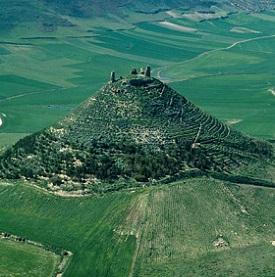 |
| Below, the town of Tuili which is also the starting point for guided tours to the park of the Gesturi Giara and at Tuili, you can also visit the interesting theme park of "Sardegna in miniatura"(Miniature Sardinia). |
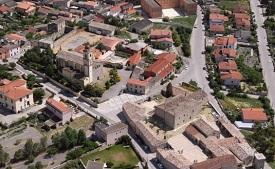 |
Villa Asquer in the municipality of Tuilli, is a heritage building of significant architectural value, which still preserves the memory of the family that built it and lived here.
The culture of olive oil and traditional music, documented in this building, preserves for the new generations the knowledge of a fascinating world that has since disappeared.
The centrepiece of the collection are the launeddas, the quintessential Sardinian instrument.
The museum also features percussion instruments, such as tumbarinos and afuente, wind instruments used during the Holy Week rites, such as taulitas and matracas, and phonographs, gramophones, record players and accordions. |
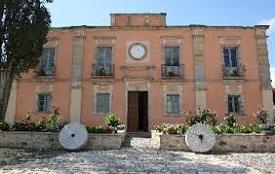 |
Genuri : Of great historical interest is the Nuraghe "San Marco" (currently the subject of interesting archaeological excavations) and the homonymous country church.
Prevailing economy: agriculture in general, olive oil and sheep and goats.
The local feasts are of a religious nature, on these occasions a lot of care goes into the making of bread and the sweet and cakes cooked in the traditional wood-burning ovens. The historic centre is also worth a visit where you can admire a number of typical houses. |
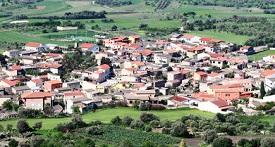 |
| |
|
| |
|
|
| |
| |

|






 The powerful fortress consist of a central defensive tower, originally 20 meters high, in the form of truncated cones built of dressed stone and four small ones, linked by walls over two meters thick.
The powerful fortress consist of a central defensive tower, originally 20 meters high, in the form of truncated cones built of dressed stone and four small ones, linked by walls over two meters thick. 






